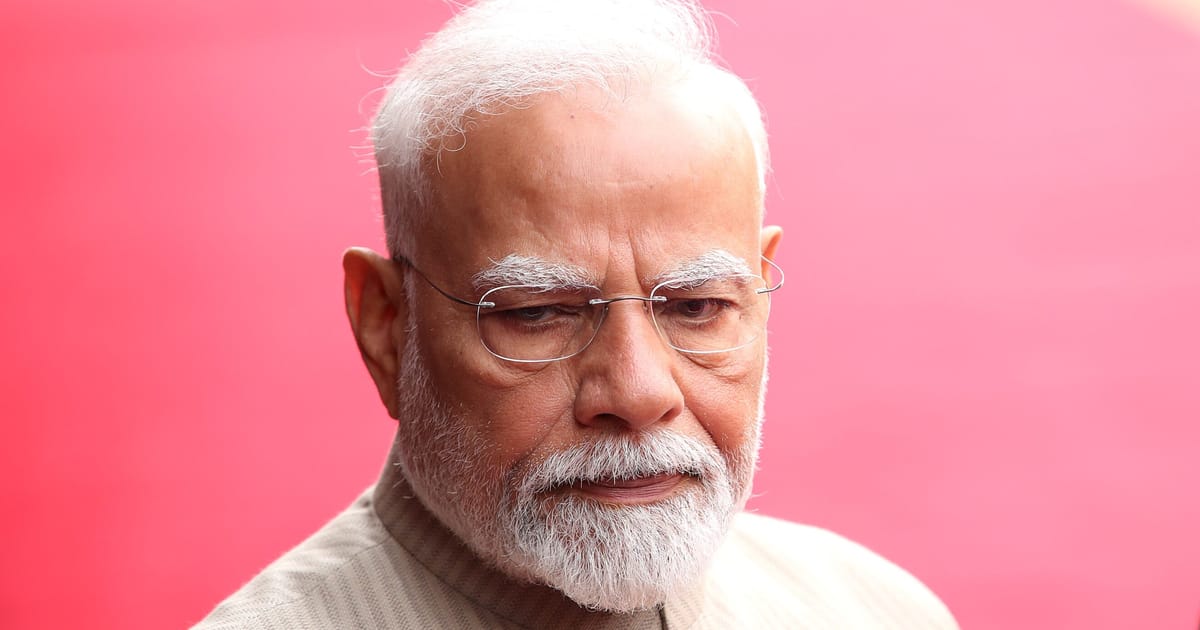

In the realm of international diplomacy, recent developments present a tapestry of initiatives that symbolize progress and renewed engagements. As global leaders navigate complex geopolitical landscapes, these meetings and agreements foster a vision of cooperation and mutual benefit.
Prime Minister Narendra Modi of India is preparing for a significant visit to the United Kingdom, a step many see as pivotal in fortifying trade and diplomatic relations between the two nations. This will mark his first visit to the UK in seven years, serving as an anchor point for the anticipated trade deal. Both nations have been negotiating terms to open up new avenues for commerce, cultural exchange, and more robust political ties. This upcoming meeting is not merely procedural but emblematic of a shared commitment towards a prosperous future.
The anticipated trade agreement is likely to focus on enhancing bilateral trade, addressing tariffs, and fostering mutual economic growth. Such developments are instrumental in strengthening the historically intertwined destinies of both countries, which have evolved significantly from colonial times to a relationship based on partnership and equality.
Meanwhile, across the globe, another complex negotiation is reportedly nearing a resolution, with positive signals emerging from delicate discussions between the United States and the Palestinian group Hamas. Special envoy Adam Boehler has conveyed a sense of cautious optimism regarding a potential hostage deal. While acknowledging the challenges and describing Hamas as “hardheaded” during discussions, the envoy remains hopeful about reaching a mutually acceptable conclusion.
This breakthrough, if finalized, could mitigate tensions and foster a more stable environment, setting a precedent for future interactions in this historically volatile region. Such negotiations often require balancing assertive diplomacy with the patience to listen and understand different perspectives, leading to sustainable peace initiatives.
In another significant diplomatic engagement, Australia’s Prime Minister Anthony Albanese has received a warm reception during his visit to Beijing, symbolizing a thaw in previously icy relations between Australia and China. This six-day visit involves not just political discussions but also a celebration of cultural and economic ties. Albanese’s meetings with Chinese President Xi Jinping were marked by optimism and conversational openness, reflecting the deepening rapport between the leaders.
Local state-controlled media in China have lauded this visit, highlighting it as a ‘turnaround’ that signifies a potentially stable and cooperative future. The positive tone from both sides suggests a mutual understanding of the importance of collaboration against global challenges, such as trade imbalances and environmental issues.
The cordial welcome extended to Albanese, along with the successful business events and cultural engagements, reflect a departure from past tensions. It illustrates a shared desire to rectify any misunderstandings and build a new foundation for mutual growth and respect. As the prime minister retraced historic visits and engagements, notably echoing the path of past leaders, it became evident that such gestures reinforce the power of diplomacy in bridging divides and championing common interests.
These diplomatic encounters, ranging from trade discussions to hostage negotiations and relationship renewals, highlight a broader narrative where dialogue, understanding, and collaboration take precedence over conflict and division. They represent a collective human endeavor to address conflicts and differences through conversation and compromise, ushering a wave of peace and prosperity.
In an era fraught with global challenges, these evolving stories of international diplomacy provide beacons of hope. They remind us that patience, respect, and thoughtful negotiation are key ingredients in crafting a world that values collective progress and security, a sentiment that resonates beyond borders in our interconnected global community.
Source: {link}
